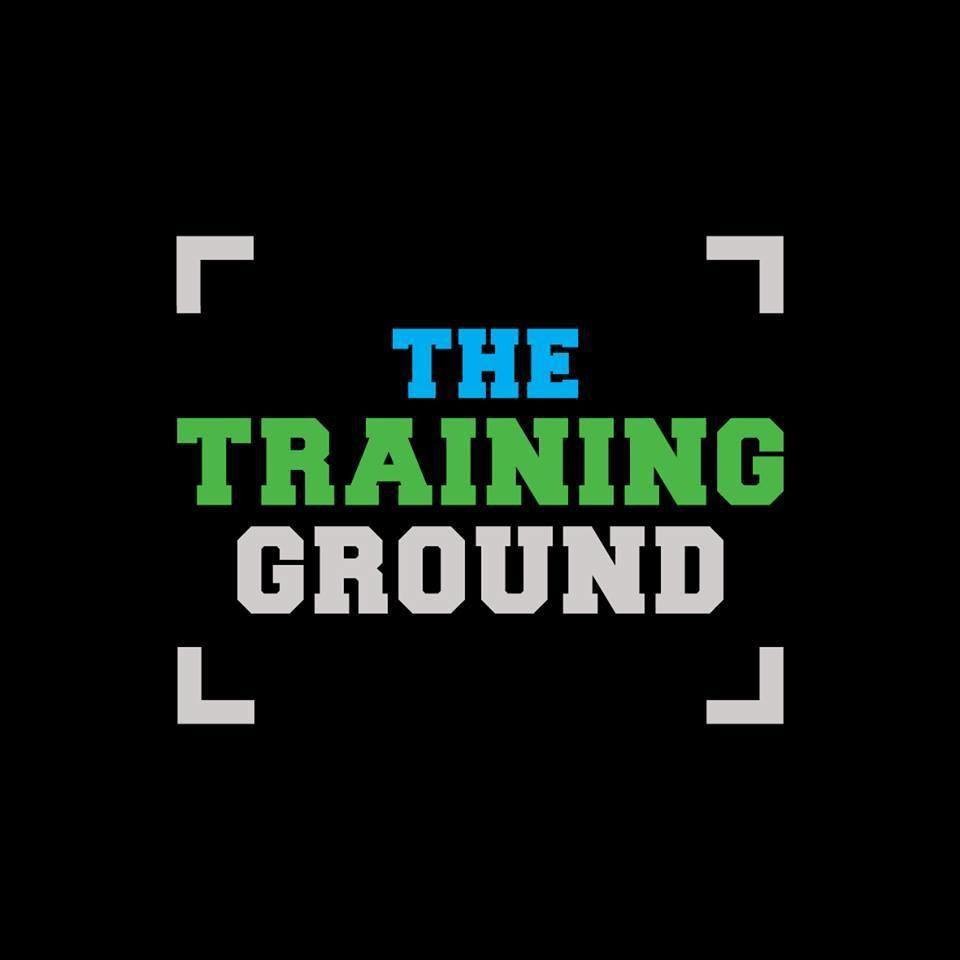TOP 3 TIPS TO REDUCE INJURY RISK
- TTG Staff

- Nov 13, 2019
- 3 min read
Updated: Jul 17, 2023
Author: Brad McGregor (M Spt Sc, Level 2 strength & conditioning coach, AEP)
At my age (yes it is hard to admit that I am now north of the big 40), I've come to realise a few things with regards to training, performance & wellbeing during middle age. One of my enlightenments has been that I can (& should) still train with intensity on a regular basis to hold on to the ability to still utilise those all-important type 2 (fast-twitch) muscle fibres. However, I have discovered that my body now needs more preparation in order to 'earn the right' to train with intensity.
Yes, I am impatient & I often 'jump into' sessions with my younger counterparts, however I know that this is not a sustainable approach. This brings me to top tips with regard to overall injury prevention & healthy movement mechanics...
1. Address asymmetry
Due to a host of environmental & Individual factors (injury history is a big one), we tend to develop imbalances from one side of the body to another. Sometimes these imbalances are tricky to pick up because the body is incredibly good at compensating, often subtly, over an extended period of time. The next thing we know, someone is commenting on our unusual gait pattern (the way we walk).
In my case a series of right hamstring injuries when I was younger have now led to me becoming very tight in the opposite hip/groin area. In other words, I've subconsciously started to favour my injured right leg & the left has 'carried the load' for years, a change which has only recently started to produce symptoms.
So, what is the answer?
My advice is to have a qualified professional take a look at your posture & assess joint range of motion to identify these subtle asymmetries between the right & left sides of the body. Check out an example of what a static posture appraisal looks like by clicking on the video below.
Being proactive will mean that you will have a strategy to address these before they become ingrained & start to produce symptoms.
2. Develop a daily 'maintenance' routine
After you know what you are dealing with in terms of asymmetry, the next step is to formulate a plan to even things out. The big take-home here is to be patient. These imbalances may have taken years to manifest so this is not the sort of thing that will be 'fixed' in few weeks with some static stretches or foam rolling.
Lower body imbalances tend to be more stubborn simply because we spend a lot of time weight-bearing through our legs so any imbalances tend to become more ingrained. However, upper body imbalances can be more complex - just think of the four rotator cuff muscles that interact to provide shoulder stability. My advice is to work with your coach/PT to develop a daily routine of drills (usually a combination of mobility & activation) to 'tone down' those muscles that are over dominant, & to 'fire up' those that have forgotten their role.
Don't worry, over time the list of daily exercises required to keep you functioning will become less & less & less. As a case in point, I have now found that Jefferson Curls & Ab Rollouts performed daily, will eliminate my low back pain.
Check out my routine by clicking the image below:
3. Vary your movement patterns
As we age, our bodies become less resilient. If we keep hammering away placing our musculoskeletal system under the same stimulus for long periods of time, the body will find ways to cope with the stress, often through pathomechanics (the mechanics of misplaced or damaged bones, tendons etc,).
I have learned this through long-distance running. When I run too much, my hip flexors really jam up & I start to shuffle, which then leads to me adopting a forward torso lean which in turn leads to low back pain. Sound familiar?
"My advice is to mix things up!"
Try a variety of movement patterns that include low & high-intensity options.
Maybe this means performing a yoga class, deep-water running session and a HIIT session each week? As well as physical benefits, this also helps us to remain fresh mentally & avoid staleness & burnout.
If you would like any further info on these strategies please don't hesitate to contact me.
e: brad@sportecoach.com.au






Comments